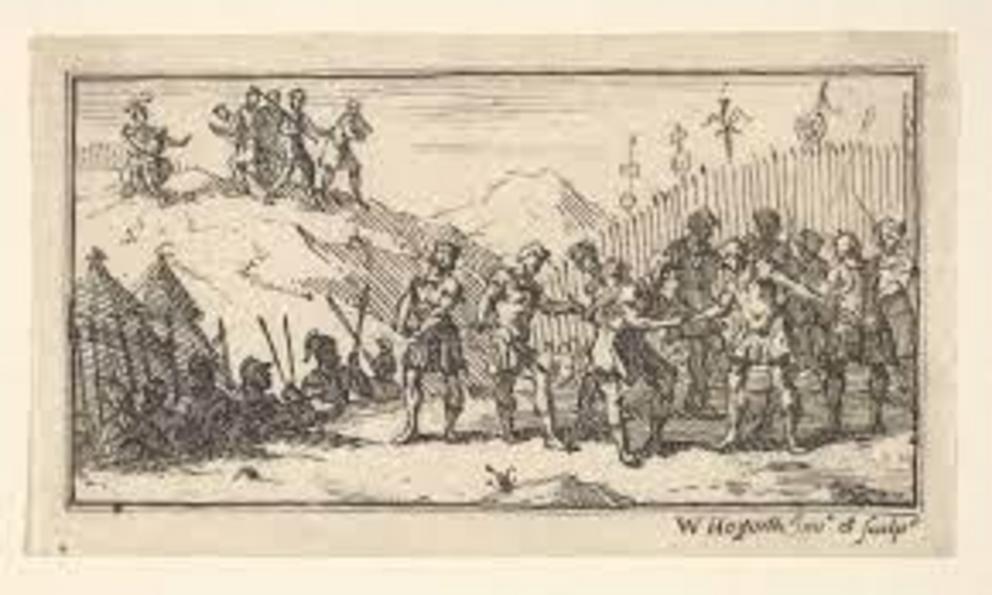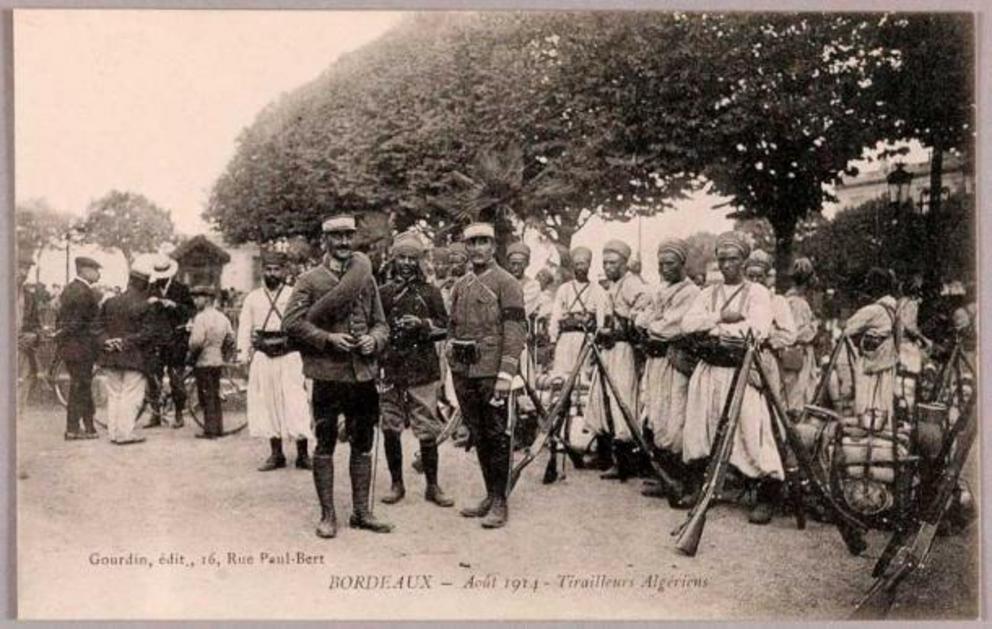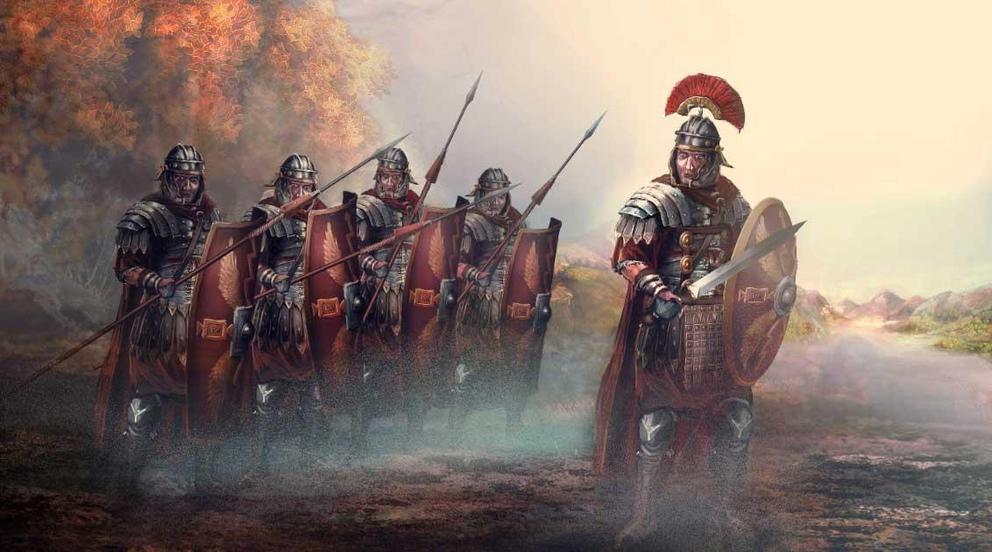Roman decimation: the cruelest form of punishment in history?
Top image: Decimation was the cruelest punishment in the Roman army.
The Roman army was one of the fiercest armies ever assembled. It was disciplined, well trained, and well equipped. This combination meant the Roman army played a crucial role in Rome’s expansion from Britain to Asia. A crucial reason for the effectiveness of the Roman army was their discipline. Many techniques were used to build discipline in the army, and one such technique was the use of decimation. This was a punishment used when Roman legionaries deserted from battle or disobeyed their commander. It was an incredibly cruel punishment, and yet it was also incredibly effective in maintaining discipline.
 An ancient Roman legionary soldier.
An ancient Roman legionary soldier.
What was Roman Decimation?
The most important aspect of the Roman army’s effectiveness was its discipline. It allowed them to stand strong in formation, keeping them organized against enemies who were not. The way they did this was by punishing those who fled or disobeyed with decimation. The word decimation is Latin for ‘removal of a tenth’.
The army unit or the group of soldiers who fled or disobeyed would be rounded up and divided into groups of ten. The ten men in each group would then pick someone at random, usually by drawing a straw. This person would then be beaten to death by the other nine in the group using clubs. The lucky soldiers who survived the ordeal would then be expelled from their legion for a couple of days and forced to survive on raw barley outside the encampment.
Accounts of Decimation in Rome
The earliest account of decimation in a Roman army is made by the Roman historian Livy. According to him, the incident occurred in 471 BC when an army under the command of Appius Claudius Sabinus Inregillensis fled from battle. The consul was furious over his men’s conduct and in response, he captured and beheaded the earliest men to flee. As a warning to the rest of his army, he then ordered every tenth man in the army to be executed for good measure.
A similar event happened 400 years later when Roman general Crassus failed to defeat the infamous Spartacus and his rebel army during the Third Servile War. In response, he ordered part of his legion to be decimated. Similarly, Mark Anthony was so enraged by his men’s defeat to the Parthians that he ordered their decimation in 35 BC. The Greek historian Plutarch covered this in his biography of Mark Anthony:
“At this Antony was enraged, and visited those who had played the coward with what is called decimation. That is, he divided the whole number of them into tens, and put to death that one from each ten upon whom the lot fell. For the rest he ordered rations of barley instead of wheat.” (as sourced in Plutarch, 1920).
Perhaps the most famous case, however, was the decimation of the Theban legion in 286 AD. This legion was Christian, and they refused to aid with the persecution of their fellow Christians. In response, the Emperor Maximillian ordered a decimation.
 ‘The Martyrdom of St Maurice’ (1580-1582) by El Greco.
‘The Martyrdom of St Maurice’ (1580-1582) by El Greco.
Following the initial decimation, the soldiers still refused. So he ordered another one. They continued resisting. Maximilian continued with the decimations until all 6600 men in the legion had been killed. The town in Switzerland in which these legions were stationed was later renamed Saint-Maurice after their commander Mauritius.
With that being said, the use of decimation as a form of punishment for Roman troops was actually pretty rare. The use of decimation meant not only the loss of soldiers but also the loss of morale. Since the men were beating their own friend to death, it obviously would have had a traumatic impact on them. It was simply too harsh a punishment, and so its use remained infrequent.
 Decimation in ‘ Beaver's Roman Military Punishments.’
Decimation in ‘ Beaver's Roman Military Punishments.’
Decimation throughout History
The problems associated with decimation as a punishment did not stop later military commanders from implementing it as a form of punishment. Following the Battle of Leipzig in 1642, Archduke Leopold Wilhelm of Austria ordered the execution of 90 random cavalrymen from a regiment of 900 for what he alleged was cowardice. The cavalrymen had run from the battle. Accounts differ on how they died. Some say they were hanged. Others say they were decapitated before their comrade’s eyes. Today, a monument stands in Rokycany, Czech Republic to commemorate their slaughter.
Even more recently, during World War I, the French and Italians were known to have ordered the decimation of regiments that fled, mutinied, or refused to fight. In the case of the French, the practice was written in their military regulations when war broke out in 1914. This was put to use in December of 1914 when every 10th man of the Régiment Mixte de Tirailleurs Algérien s or ‘Mixed Algerian Infantry Regiment’ were ordered to be executed. The orders were carried out on December 15th.
 Régiment Mixte de Tirailleurs Algériens or ‘Mixed Algerian Infantry Regiment.’
Régiment Mixte de Tirailleurs Algériens or ‘Mixed Algerian Infantry Regiment.’
In the Italian army, Luigi Cardona was named chief of staff from the outset of World War I. Cardona was a hopeless strategist and leader of men, but what he did know was how to be a ruthless disciplinarian. Men under his command were frequently condemned to firing squads despite the fact that it was his own shortcomings that caused so many failed offensives.
Despite this, over 750 men were executed under his orders. According to some sources, Cardona ordered the decimation of the 141st Catanzaro Infantry Brigade following a mutiny by the soldiers. This claim is not without controversy though.
 General Cadorna visiting Italian troops.
General Cadorna visiting Italian troops.
Decimation was used again just a few years later during the 1918 Finnish Civil War. The nationalist White Guard had captured the city of Varkaus from communist rebels. They took the communists prisoner and ordered them onto a frozen lake, at which point every officer and every fifth soldier was ordered to take a step forward. They were then shot. Between 80 and 90 men were murdered. The event is known as the Lottery of Huruslahti.
For full references please use source link below.

